Every Machine Has a History
July 25, 2018 in Articles, Machinery
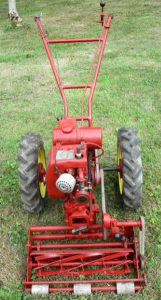
A Barford Atom to add to the collection perhaps?
It’s no surprise then that in a small corner of Yorkshire some new machines are hovering on the horizon. The well-practiced horticultural-collectors mantra of ‘I’m not getting any more machines ever again‘ shrivels and dies as machines which are in running condition, free and local are drawn to me by some magical force.
The three tick-boxes of ‘Running Condition’, ‘Free’, and ‘Local’ are just so hard to resist, good manners dictate that one has to at least have a look at the items …and take along a trailer, you know, just in case.
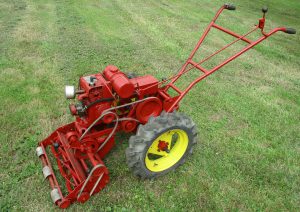
Barford Atom 15 with Cylinder Mower
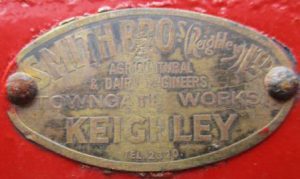 Unusually this article is briefly about a specific machine. And just as this Barford has a history so does every machine and they are always worth researching. If you have a manufacturer name, address or makers plate then five places to start are:
Unusually this article is briefly about a specific machine. And just as this Barford has a history so does every machine and they are always worth researching. If you have a manufacturer name, address or makers plate then five places to start are:Google Books: https://books.google.co.uk/
Graces Guide: https://gracesguide.co.uk
London Gazette: https://www.thegazette.co.uk
Old Maps: https://www.old-maps.co.uk
British Newspaper Archives: https://www.britishnewspaperarchive.co.uk/
Or for a specific town, street, factory or dealer premises try searching for old postcards on Ebay, or even archive films of towns that have been uploaded to Youtube, possibly even see if the town has a history group online with gallery images – you’d be surprised what there is.
Onwards then with the Barford. It’s got a very nice brass suppliers plate, pictured above right, attached to the frame, and this Barford started life being supplied by Smith Brothers LTD, Towngate Works in Keighley. They were agricultural and dairy engineers. I know the premises no longer exist, demolished decades ago and replaced by a new-fangled concrete building housing shops beneath the bus station multi-story car park, unfortunately replicated all too often in too many places. But thankfully the internet is a fascinating place to rummage about in and find the most incredible things, like a picture of the Smith Brothers shop in Keighley (probably not long before it was demolished) and the side alley the Barford would have been wheeled out of in the late 1950’s. With Smith Bros truck outside with baler twine loaded and a Morris Minor down the road it’s an image that takes us back to a rose-tinted era.
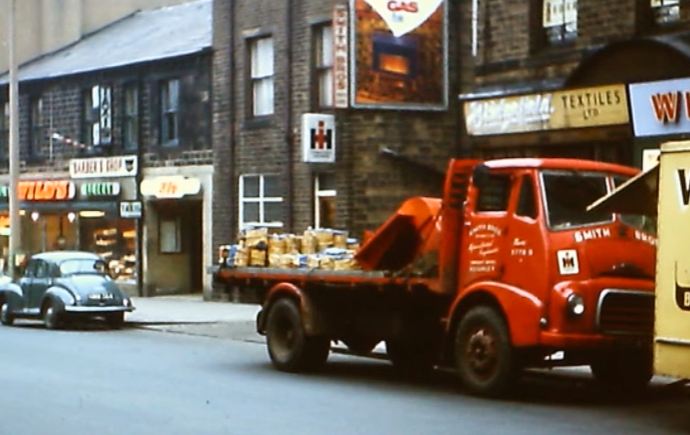
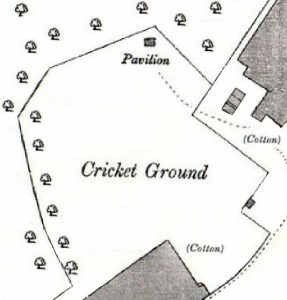
The recreation ground where the Barford spent it’s working life
I cannot help but think that this little Barford was there on the recreation and cricket ground to assist other machines, even today the area is still large and would take an age to mow. And what machine preceded it and did the mowing before the Barford was purchased? Research with the parish council may provide the answer.
As time passes by the Barford did a lot of work and on close inspection has had the handles professionally repaired several times, it was a machine for work. That is until for whatever reason the Barford gets relegated to the back of the machinery shed, possibly it needed repairs, possibly it was replaced by a newer machine with a wider cut, perhaps with a seat and shinier paintwork?
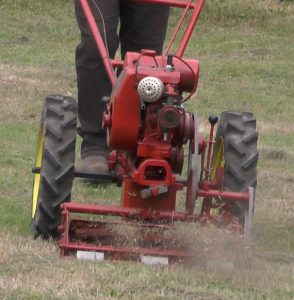
Barford and cylinder mower back in working order
This Barford survives, partly through it being a brilliantly engineered machine and also that someone saw that it shouldn’t go to scrap.
And does the Barford work? Why of course, it starts instantly and runs well and may even have seen off many machines that have been and gone on that recreation field over the last few decades.
If you have a machine that needs a bit of research as to the suppliers it came from then again I’d suggest the following resources, you never know what you may discover.
Google Books: https://books.google.co.uk/
Graces Guide: https://gracesguide.co.uk
British Newspaper Archives: https://www.britishnewspaperarchive.co.uk/
London Gazette: https://www.thegazette.co.uk
Old Maps: https://www.old-maps.co.uk
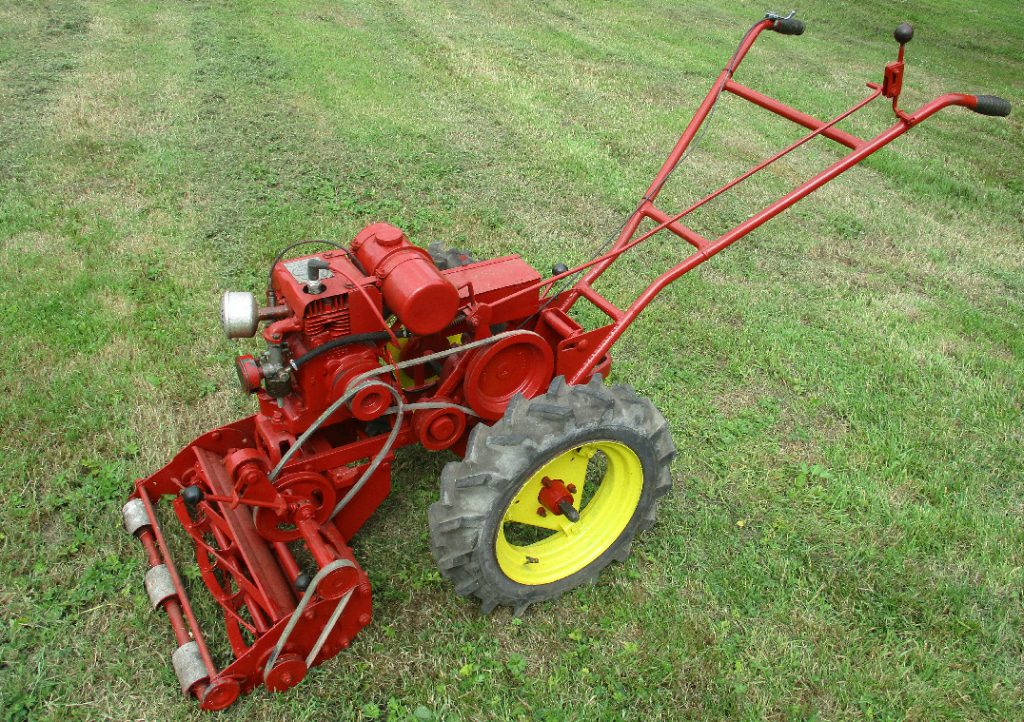
Barford Atom 15 with Cylinder Mower
